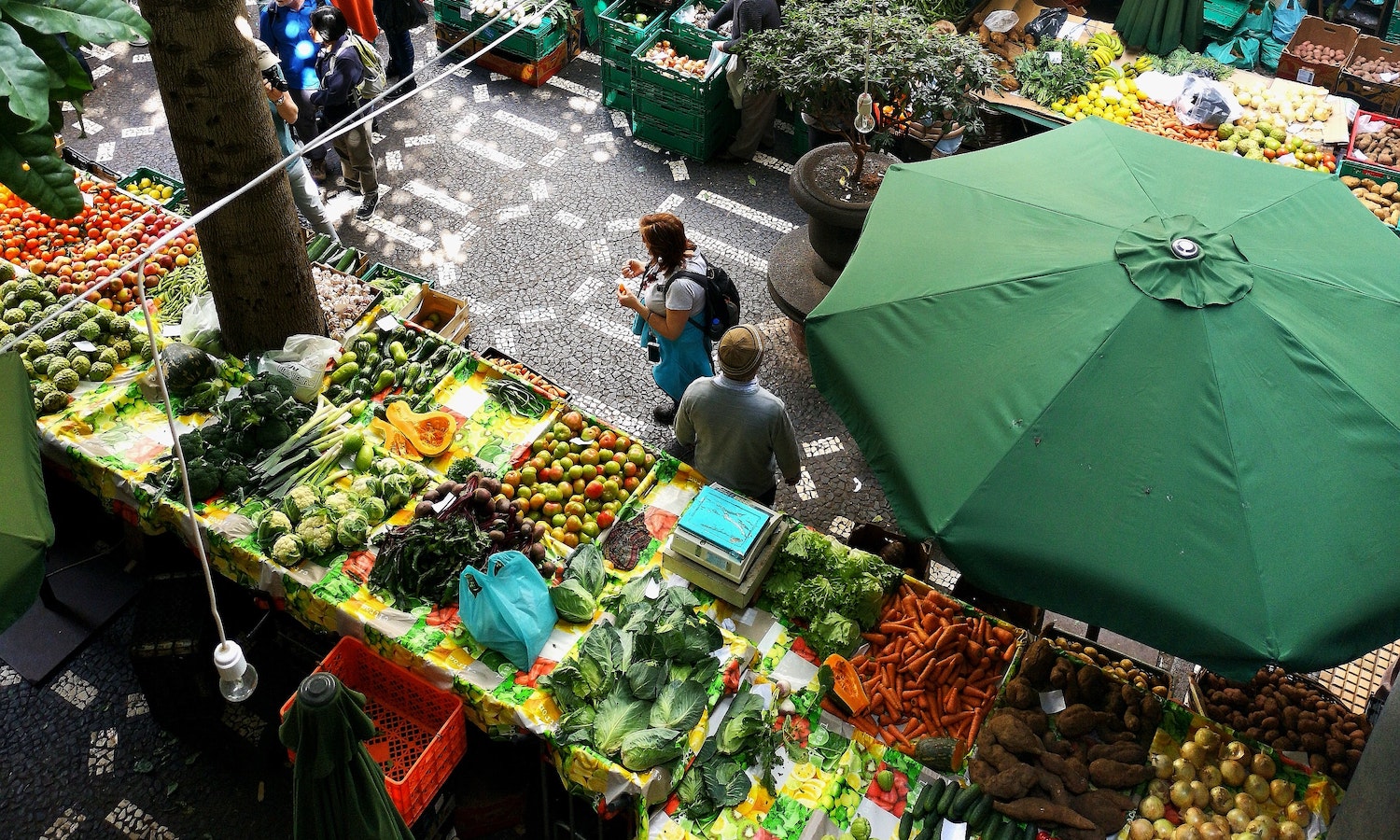Few of us thought that 2021 would end on such a complex and unpredictable note. So, knowing what the future will bring seems trickier than usual and much more valuable, especially if you’re in the food business.
The simple question—are we eating in or going out tonight?—now involves a complex calculus of COVID transmission rates, local dining regulations, weather forecasts and if it’ll be comfortable to eat outside, whether seating capacity has been restricted and if the last software update accidentally wiped the picture of your mobile vaccination card (which happened to me last week). Once you’ve worked through all of that, you can decide if you’ll sit down and look at the menu, order take out or venture to the grocery store.
Offering up predictions has long been a popular sport. Every year, firms like ours publish lists of predictions for the year ahead or, for the timid, the most important things from the past year, summarizing what has already happened and what everybody already knew. These make for great reads, and there’s something in them for everyone. It’s also a lot for a business to focus and act on a handful of priorities.
Accurate predictions are more valuable than ever. So, for 2022, we challenged ourselves to look ahead, be specific, make it actionable, and short enough to remember. Here’s my count down of what’s ahead.
3 Hot Flavors
Fresh ginger. We’re going to eat a lot more ginger. And what’s not to love about something that’s sweet, spicy and may boost our immune systems? But fresh ginger is very different culinary experience compared to the denser version sold in almost every grocery store that’s picked for shipping across the world.
For a little while after picking, it’s juicy, refreshing, soft, and chewable. In an era of global supply chain problems, fresh ginger grows just about anywhere trees do. Time to eat it candied, pickled, and in bigger amounts than ever.
Collard greens. Kale’s big brother takes a star turn thanks to better breeding, new recipes, and a little kitchen magic (try simmering with coconut milk). One of the healthiest and hardiest greens now can be cooked in minutes or even eaten raw.
Spiced coconut sap vinegar.Filipino hot sauces—sukang cebu or pinakurat—have their moment as they also embrace the sour, fermented side of spicy. More of us realize the nuanced flavors that come alongside the burn and that hot sauces don’t always have to be red.
2 Changes in the Business of Food
Inflation and supply chain shock the [food] system.Purchasing managers will drink a lot more coffee (and maybe something much stronger after work). Inflation and supply chains are going to continue to be shockingly unpredictable and volatile. Price and supply will be harder to manage (which is business speak for the impact of climate change for those who may not believe).
COVID and transport backlogs gave us a year of supply side shock. Climate change has made the harvest less dependable, and the weather forecast can now move prices in minutes, creating the same effect for costs. Meanwhile, the news about shortages moves consumers to buy more over the short term, creating demand shock and depleting supplies quicker than ever.
Food becomes the first winning climate strategy. Food will become a bigger part of the U.S. climate action plan. Food activists dismay that it wasn’t more of a focus at fall’s negotiations in Glasgow. But the other changes in how the U.S. already eats—notably eating just a bit less beef—has achieved 15 percent of President Biden’s latest commitments, and a shift to more foods from the ocean will get us to 20 percent. With budgets under pressure, food will become the “low hanging fruit”—with all puns intended — for reducing carbon emissions without major investment, except for printing new menus. And those are now mostly touchless and digital.
1 Big Update to the Menu
Restaurants are where life happens.
Before COVID, we had our “Me too” moment for restaurants and cleaning up behavior in the back of the house.
Now it’s time for the Front of the House to get “woke” and show gratitude to the ingredients that have migrated to our shores and recognize the people whose traditions collectively create “American food.” Coca Cola owes its thanks to Africa for the kola nuts enslaved people brought with them to purify water on their middle passage journeys, along with the seeds for chiles and a host of other “American” foods. In 2022, more and more chefs and restaurants will start recognizing that immigration—and slavery—created what many of us believed to be “ours.”
Happy New Year, and what a year it’s going to be for the food industry and for the world. My best wishes that our new year is a healthy and delicious one and that when the holidays come around again, more of us can be together.
Articles like the one you just read are made possible through the generosity of Food Tank members. Can we please count on you to be part of our growing movement? Become a member today by clicking here.











